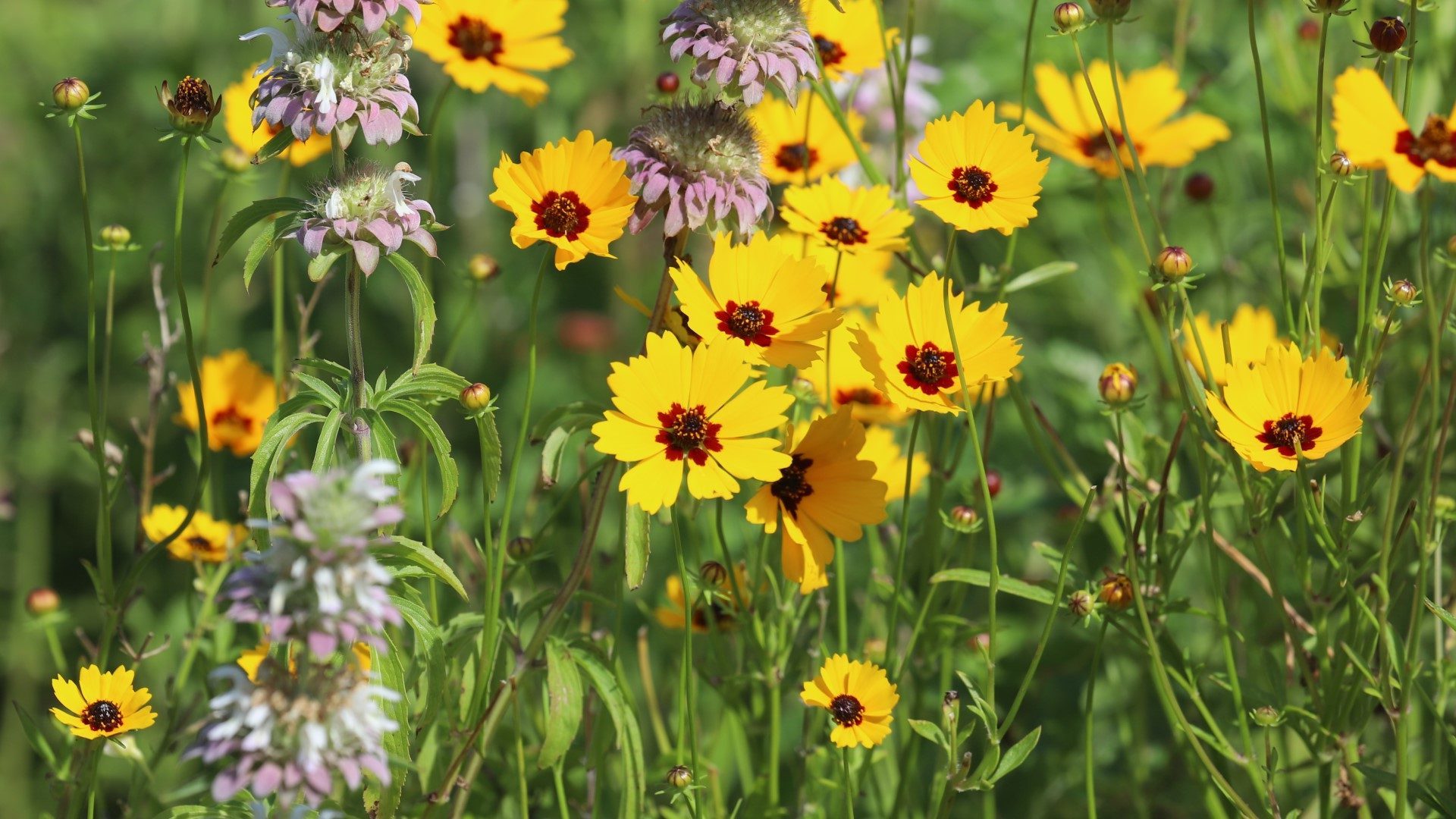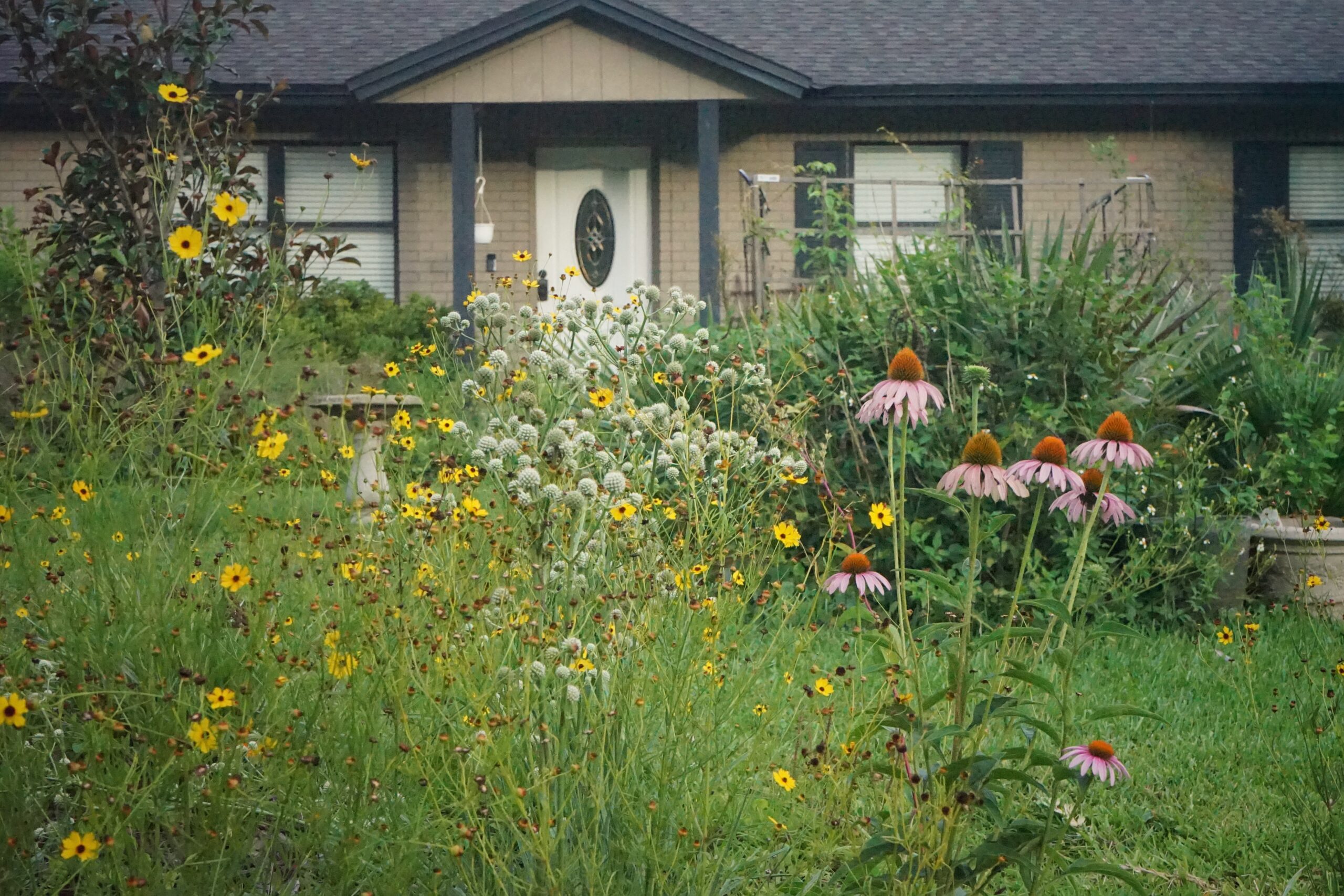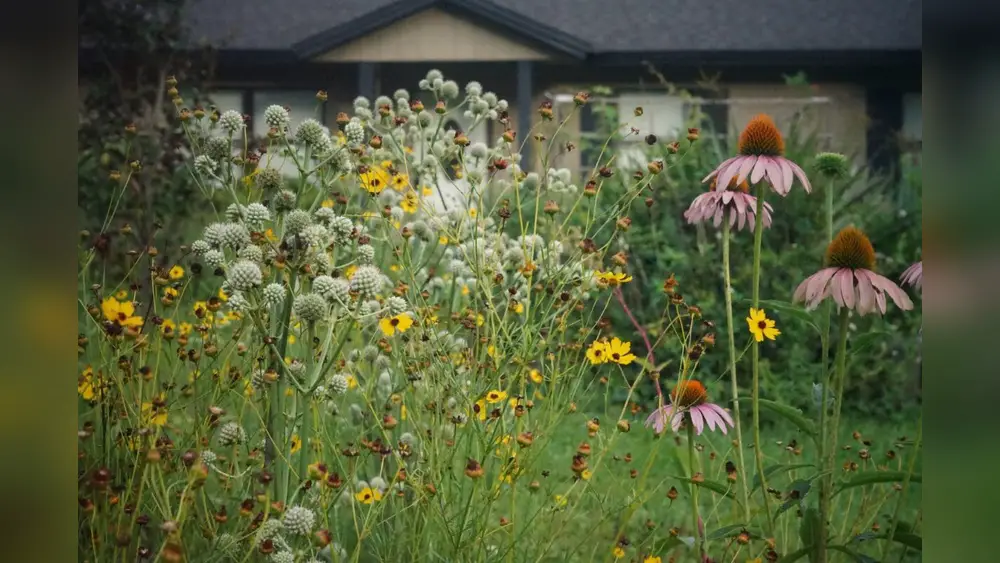Are you ready to add bright, cheerful blooms to your Florida wildflower meadow? Planting Coreopsis is one of the easiest and most rewarding ways to bring vibrant color and attract butterflies to your outdoor space.
In this guide, you’ll discover simple, step-by-step instructions tailored specifically for Florida’s unique climate. Whether you’re a beginner or have tried growing wildflowers before, you’ll find tips that help your Coreopsis thrive all season long. Keep reading to learn how to turn your meadow into a stunning, natural masterpiece that you’ll enjoy year after year.
Choosing Coreopsis Varieties
Choosing the right Coreopsis varieties is key for a beautiful Florida wildflower meadow. These flowers add color, attract pollinators, and thrive in local conditions. Picking suitable types ensures your meadow looks vibrant all season. Consider native species, flower colors, bloom times, and plant hardiness. This guide helps you select the best Coreopsis for your meadow.
Native Species For Florida Meadows
Native Coreopsis species fit Florida’s climate and soil best. They require less water and care. Coreopsis leavenworthii and Coreopsis gladiata are popular native options. These plants support local wildlife and keep the ecosystem healthy. Choosing natives helps your meadow blend naturally with the surroundings.
Flower Colors And Bloom Times
Coreopsis flowers come in yellow, orange, and red shades. Mixing colors creates a lively meadow. Different varieties bloom at different times. Early bloomers brighten spring, while others extend color into fall. Planning bloom times keeps your meadow colorful for many months.
Drought And Heat Tolerance
Coreopsis must handle Florida’s heat and dry spells. Some types, like Coreopsis tinctoria, tolerate drought well. These varieties survive with little water and stay healthy in hot sun. Choosing drought-tolerant Coreopsis reduces garden stress and watering needs.

Credit: www.gostarseed.com
Selecting The Right Location
Selecting the right location is key to growing healthy Coreopsis in Florida wildflower meadows. The plant thrives best where conditions match its needs. Choosing the correct spot ensures strong growth and vibrant blooms. Consider soil, sunlight, and nearby plants before planting. These factors help your Coreopsis flourish and enhance your meadow’s beauty.
Soil Type And Drainage
Coreopsis prefers sandy or loamy soil with good drainage. Heavy clay or waterlogged soil can harm roots. Test the soil by digging a small hole. Fill it with water and see how fast it drains. Quick drainage means a suitable site. Amend soil with organic matter to improve texture if needed.
Sunlight Requirements
Coreopsis loves full sun and needs at least six hours daily. Avoid shady spots under large trees or buildings. More sunlight means more flowers and stronger plants. Choose open areas where sunlight reaches most of the day. This ensures your Coreopsis will bloom brightly.
Avoiding Competing Vegetation
Clear the area of tall grasses and weeds before planting. These plants compete for water and nutrients. Removing them helps young Coreopsis establish quickly. Keep the site free from invasive plants that spread fast. This gives your wildflowers space to grow healthy and tall.
Preparing The Soil
Preparing the soil is the first and most important step to plant Coreopsis in Florida wildflower meadows. Good soil helps plants grow strong and healthy. It also makes sure the flowers bloom bright and last long. Taking time to prepare the soil well sets the stage for success.
Clearing The Area
Start by removing all weeds, grass, and debris from the planting spot. Clear rocks and sticks that can block roots. This gives Coreopsis room to grow without competition. Use a rake or hoe to clean the ground thoroughly. A clean area helps seeds make good contact with soil.
Soil Testing And Amendment
Test your soil to know its pH and nutrients. Coreopsis prefers slightly acidic to neutral soil. Add lime if the soil is too acidic. Mix in organic compost to improve texture and fertility. Well-amended soil holds water and nutrients better. It creates a healthy environment for Coreopsis roots.
Tilling And Leveling
Loosen the soil with a tiller or garden fork. Break up hard clumps and remove large stones. Tilling helps air reach the roots and improves drainage. After tilling, level the soil using a rake. A flat surface helps spread seeds evenly. Proper soil preparation ensures strong plant growth.
Planting Coreopsis Seeds
Planting Coreopsis seeds in a Florida wildflower meadow is simple and rewarding. These bright flowers add color and attract pollinators. Starting seeds the right way helps them grow strong and healthy. Follow clear steps for best results.
Seed Treatment And Scarification
Coreopsis seeds have a hard outer shell. This shell slows water absorption. Scarification helps water reach the seed inside. Lightly rub seeds with sandpaper or nick them gently. Soaking seeds in water overnight softens them too. These steps improve germination rates.
Sowing Techniques
Scatter seeds evenly across prepared soil. Use your hand or a small tool for sowing. Press seeds lightly into the soil surface. Avoid burying seeds too deep. Water the area gently after sowing. Keep soil moist until seedlings appear.
Optimal Planting Depth And Spacing
Plant Coreopsis seeds about 1/8 inch deep. This shallow depth allows sunlight to reach seeds. Space seeds 6 to 12 inches apart. Proper spacing gives plants room to grow. Crowded plants can struggle and produce fewer flowers.
Watering And Maintenance
Watering and maintenance play a key role in growing healthy Coreopsis in Florida wildflower meadows. Proper care keeps the plants strong and vibrant throughout the seasons. It also helps the flowers bloom fully and resist pests.
Understanding when and how much to water is important. Coreopsis prefers well-drained soil, so avoid overwatering. Regular maintenance like removing weeds and adding mulch improves plant growth and soil quality. These simple steps create a thriving wildflower meadow with beautiful Coreopsis blooms.
Irrigation Schedule
Water Coreopsis plants deeply once or twice a week. Early morning watering reduces evaporation loss. During hot, dry spells, increase watering frequency slightly. Let the soil dry out between watering sessions. Avoid soggy soil to prevent root rot. Adjust watering based on rainfall and soil moisture levels.
Weed Control Methods
Remove weeds regularly to reduce competition for nutrients. Hand-pulling is effective for small areas. Use mulch to suppress weed growth naturally. Avoid herbicides near wildflowers to prevent damage. Keep the area around Coreopsis clear and tidy. Healthy plants withstand weed pressure better.
Mulching Benefits
Apply a 2-3 inch layer of organic mulch around plants. Mulch conserves soil moisture and reduces watering needs. It also controls weeds by blocking sunlight. Mulch improves soil structure as it breaks down. Choose natural mulch like pine bark or shredded leaves. Replace mulch yearly to maintain benefits.
Encouraging Growth And Blooming
Encouraging growth and blooming in Coreopsis plants helps create a vibrant wildflower meadow. Healthy plants produce more flowers and last longer in Florida’s climate. Proper care supports strong stems and bright blooms. Follow these steps to help your Coreopsis thrive.
Fertilization Tips
Use a balanced fertilizer with equal parts nitrogen, phosphorus, and potassium. Apply fertilizer once a month during the growing season. Avoid over-fertilizing; it causes more leaves but fewer flowers. Choose slow-release types to feed plants steadily. Water the plants after fertilizing to help nutrients soak in.
Deadheading And Pruning
Remove spent flowers regularly to encourage new blooms. Deadheading stops seed production and redirects energy to flower growth. Trim back tall stems after blooming to keep plants tidy. Prune damaged or weak stems to improve air flow. These actions keep the Coreopsis healthy and blooming longer.
Pest And Disease Management
Check plants often for pests like aphids and spider mites. Use insecticidal soap or natural predators to control pests. Avoid wetting leaves to prevent fungal diseases. Remove any diseased leaves promptly to stop spread. Healthy plants resist pests and diseases better, ensuring strong growth.
Integrating Coreopsis With Other Wildflowers
Integrating Coreopsis with other wildflowers creates a lively and healthy meadow. Coreopsis adds bright yellows and attracts pollinators. Pairing it well enhances beauty and plant health. Thoughtful combinations help wildflowers support each other. This section explains how to mix Coreopsis with other plants for a vibrant meadow.
Complementary Plant Choices
Choose wildflowers with colors that match Coreopsis. Purple coneflowers and blue asters work well. Their colors contrast nicely with Coreopsis yellow. Pick plants with similar water and sun needs. This ensures all plants grow strong together. Avoid plants that outgrow or crowd Coreopsis. Keep the area balanced for best results.
Creating Biodiversity
Mix different wildflower species to support insects and birds. Diverse plants attract many pollinators like bees and butterflies. This helps Coreopsis and other flowers pollinate well. Use plants with varied shapes and heights. This variety creates homes and food for wildlife. A biodiverse meadow stays healthy and beautiful longer.
Seasonal Color Planning
Plan flowers to bloom at different times of the year. Coreopsis blooms mostly in summer and fall. Add spring bloomers like black-eyed Susans or wild indigos. Include some late bloomers for winter interest. This keeps the meadow colorful all year round. Staggered blooms also support pollinators across seasons.

Credit: www.gardenstylesanantonio.com
Sustaining Your Wildflower Meadow
Sustaining your wildflower meadow is key to keeping Coreopsis and other flowers healthy. A thriving meadow needs care throughout the year. This helps plants grow strong and bloom beautifully.
Regular attention stops weeds from taking over. It also supports the natural cycle of the flowers. Simple steps can keep your meadow colorful and full of life season after season.
Annual Care Routines
Start each year by clearing dead plants. This allows sunlight to reach new shoots. Water the area during dry spells to help young plants. Avoid heavy fertilizer; wildflowers grow best in low-nutrient soil. Mow the meadow once a year to keep growth balanced. Set mower blades high to protect roots and small plants.
Managing Overgrowth
Overgrowth can crowd out Coreopsis and other flowers. Remove invasive weeds early before they spread seeds. Thin thick patches to improve air flow. Use hand-pulling or light trimming to control tough plants. Avoid clearing too much at once to protect insects and soil. Keeping balance helps native plants thrive naturally.
Seed Collection And Replanting
Collect seeds after flowers dry on the stem. Shake seed heads into a paper bag for easy collection. Store seeds in a cool, dry place until planting time. Sow seeds in the fall or early spring for best results. Replanting keeps the meadow full and vibrant. This also helps Coreopsis spread and fill empty spots.

Credit: www.flawildflowers.org
Frequently Asked Questions
How Do I Plant Coreopsis In Florida Wildflower Meadows?
Prepare well-drained soil and choose a sunny spot. Sow seeds in early spring, covering lightly with soil. Water gently and keep soil moist until germination. Thin seedlings to avoid overcrowding. Coreopsis thrives in Florida’s warm climate and sandy soils.
When Is The Best Time To Plant Coreopsis In Florida?
The best time to plant Coreopsis in Florida is early spring. This timing ensures warm soil and favorable growing conditions. It allows seeds to establish before the hot summer. Planting in spring maximizes bloom potential during the growing season.
What Soil Type Suits Coreopsis In Florida Meadows?
Coreopsis prefers well-drained, sandy, or loamy soil. Avoid heavy clay or overly wet soils that cause root rot. Florida’s native sandy soils are ideal. Adding organic matter improves soil fertility and drainage, supporting healthy plant growth.
How Often Should Coreopsis Be Watered In Florida?
Water Coreopsis moderately, about once a week during dry spells. Established plants tolerate drought well. Avoid overwatering to prevent root diseases. Consistent moisture helps young plants establish strong roots and vibrant blooms.
Conclusion
Planting Coreopsis in Florida wildflower meadows brings color and life. These steps help your flowers grow strong and bright. Choose a sunny spot with well-drained soil. Sow seeds evenly and water gently but often. Watch as cheerful yellow blooms attract butterflies and bees.
Enjoy the beauty and benefits of your meadow all season. Simple care keeps your Coreopsis healthy and thriving. Start today and see nature’s charm unfold before you.

